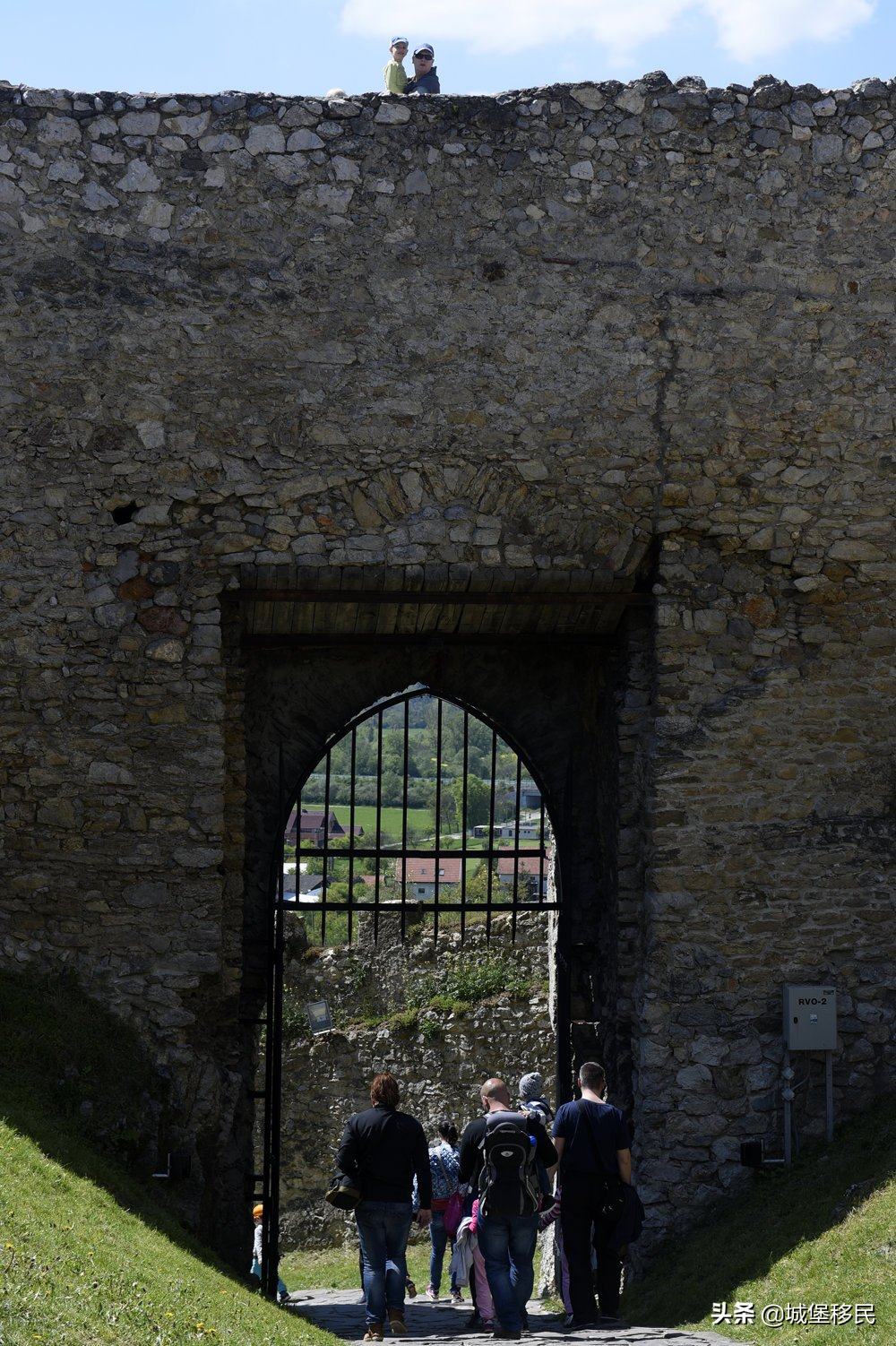The impressive ruins of Bekov Castle are located on a hill 50 meters above the village of the same name. Seen from afar, they are one of the most spectacular in the country.
The first recorded castle was from 1208 and was built at the strategic junction of the Váh River and on the main trade route, named Castrum Blundix.
However, its history dates back to the time of Great Moravian. Built in the mid-13th century to protect the northwestern border of the Kingdom of Hungary, this stone castle remained unconquered after the Tatar invasion of Hungary in 1241, proving its excellent defensive capabilities.
The castle later fell into the hands of the Hungarian oligarch Máté Csák, who further improved the fortifications.
At the end of the 14th century, King Sigismund of Luxembourg handed over the castle to the Polish knight Stibor, who rebuilt it into a comfortable aristocratic seat. In this era, Gothic churches and cisterns were built.
The next owner, the Banfi family, converted the castle into a luxurious Renaissance fortification. After a fire in 1729, the castle was destroyed.
Nevertheless, due to its architectural value, the ruins are national cultural monuments and have undergone several renovations. The most recent occurred between 2010 and 2012. Part of the work included the creation of museums and amphitheaters.
There is also a café in the upper part of the castle.
